Introduction
Miso soup (Japanese soup) is one of the essential dishes in Japanese home cooking. Depending on your preferences and variations, you can always enjoy new flavors. We offer you more about it with a minimal recipe.
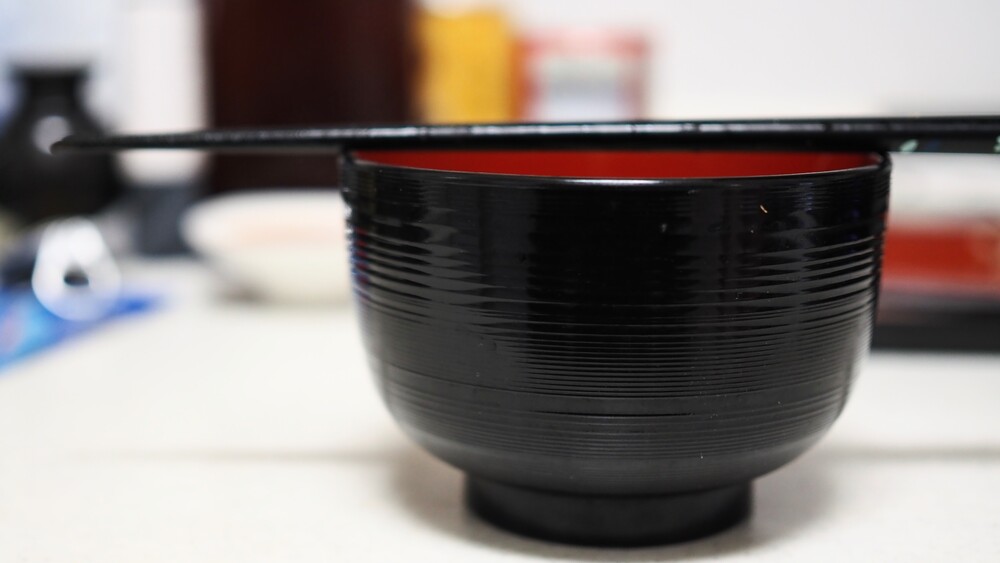
1. The History Of Miso Soup
Ancient Origins
Miso, the key ingredient the soup, is a traditional Japanese seasoning produced by fermenting soybeans with salt and koji (a type of fungus). This fermentation process dates back 1,000 years to ancient China, where similar fermented bean pastes were used.
Cultural Significance
Miso soup holds cultural significance in Japan, often served as a staple part of traditional breakfasts, lunches, and dinners. It is considered a comfort food and is deeply ingrained in Japanese culinary culture.
In each region of Japan, there are lots of variations like Ramen, utilizing local ingredients and reflecting regional tastes and preferences. For example, topping rice crackers on the soup called “Senbeijiru” is popular in the Tohoku region. The crispy taste of the crackers is gradually changed to chewy and melty by dipping.
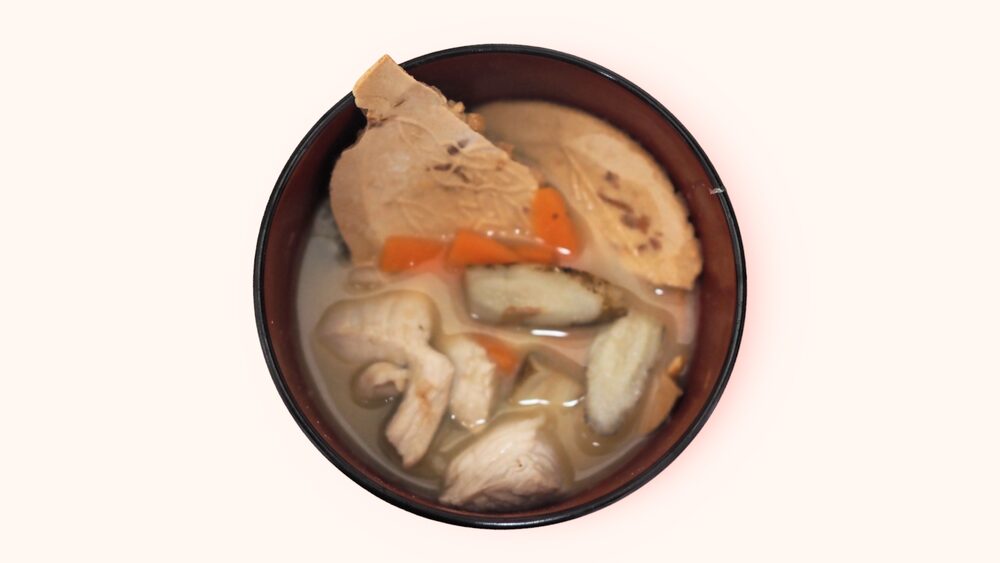
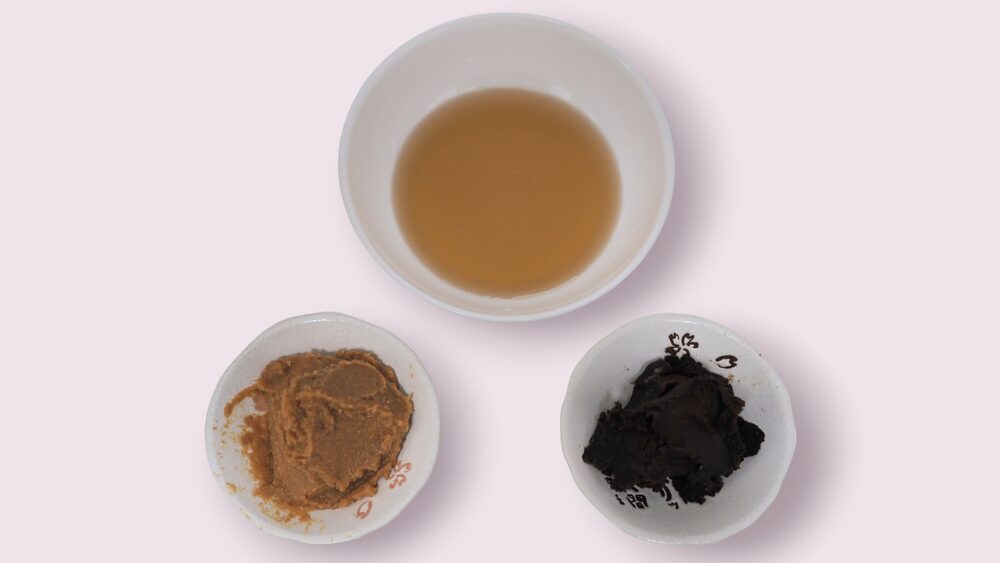
2. The Key Of Making Miso Soup
To make a good Miso soup, you should know about the three tips below.
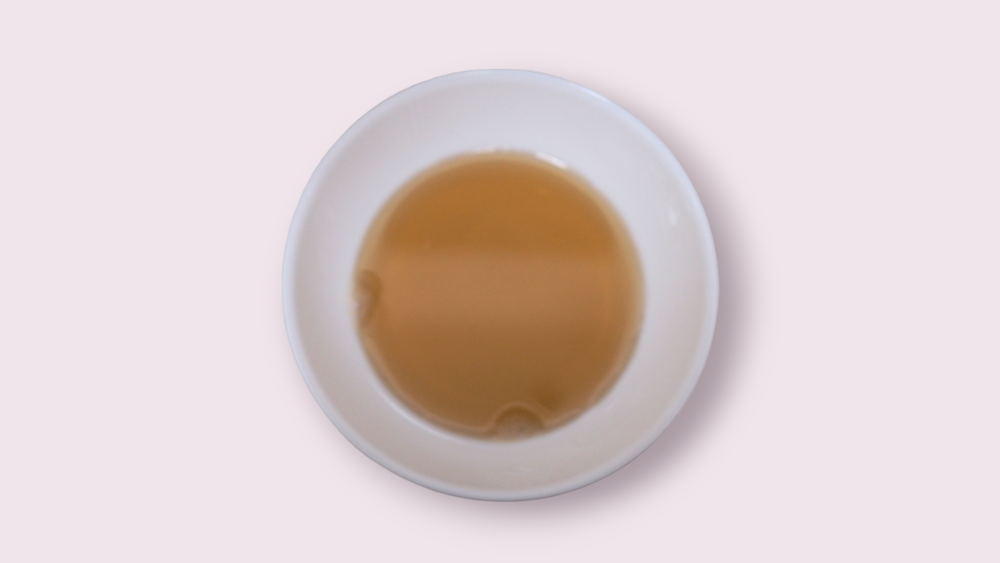
(1) Dashi
This is a crucial element that forms the foundation of the soup. Dashi is a kind of extract generally made from kombu (kelp) and katsuobushi (dried bonito flakes). Dashi can also be made using meat and vegetables during cooking. Using homemade dashi is also recommended though, it takes much time to make it. Don’t worry, you have the alternative to buy “Shiradashi” or Miso with Dashi in supermarkets.
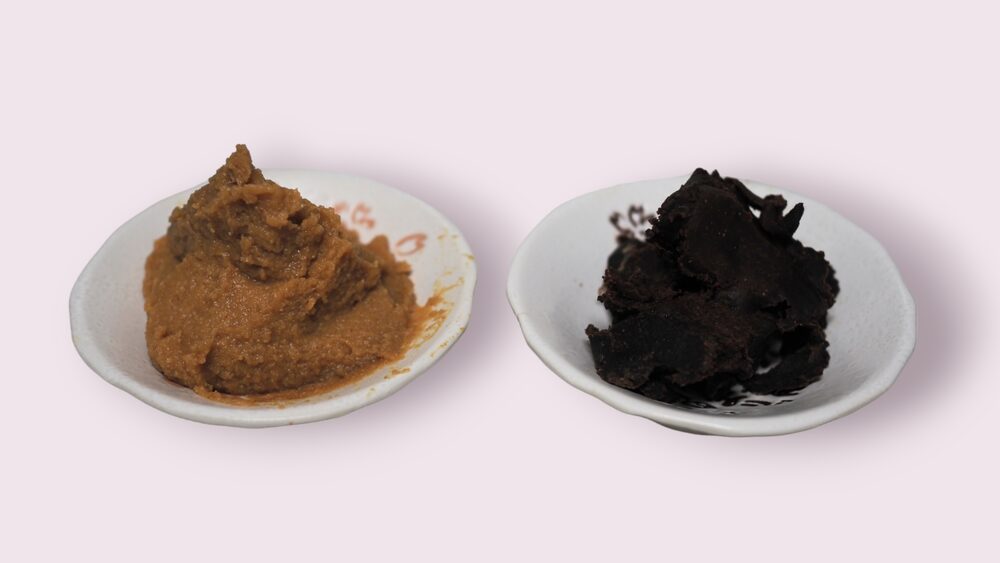
(2) Miso
There are various types of miso available. There are red miso and white ones, Basically, the eastern regions use the white miso and the western parts use the red ones. Actually, the taste and flavor can vary depending on the region and production methods. Feel free to choose according to your preference and the dish you’re preparing.
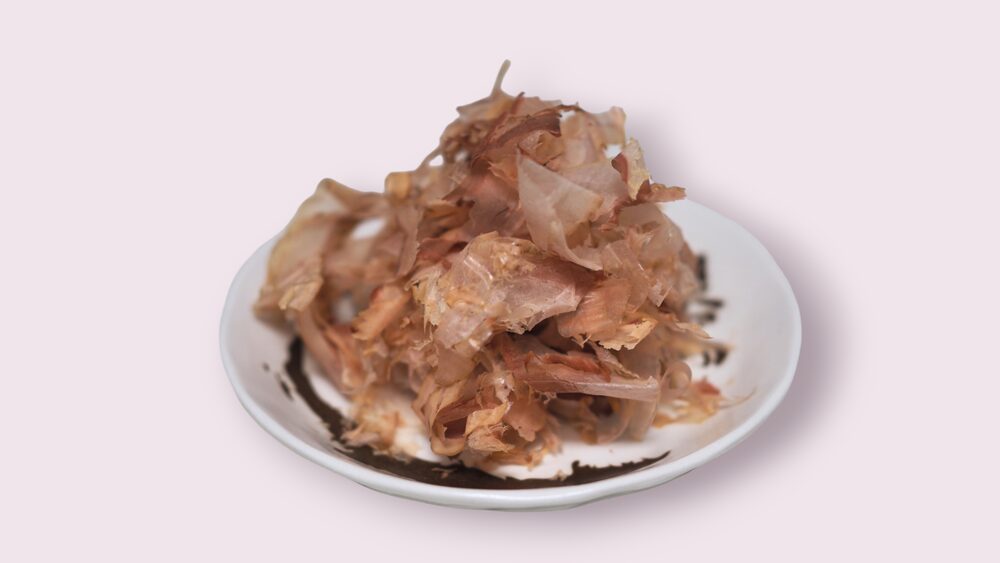
(3) Presentation
Presentation is also a part of the enjoyment. Plating miso soup in your favorite bowl or arrange the ingredients beautifully. That can elevate the dining experience and your appetite. Make the table more fascinating with your own style.
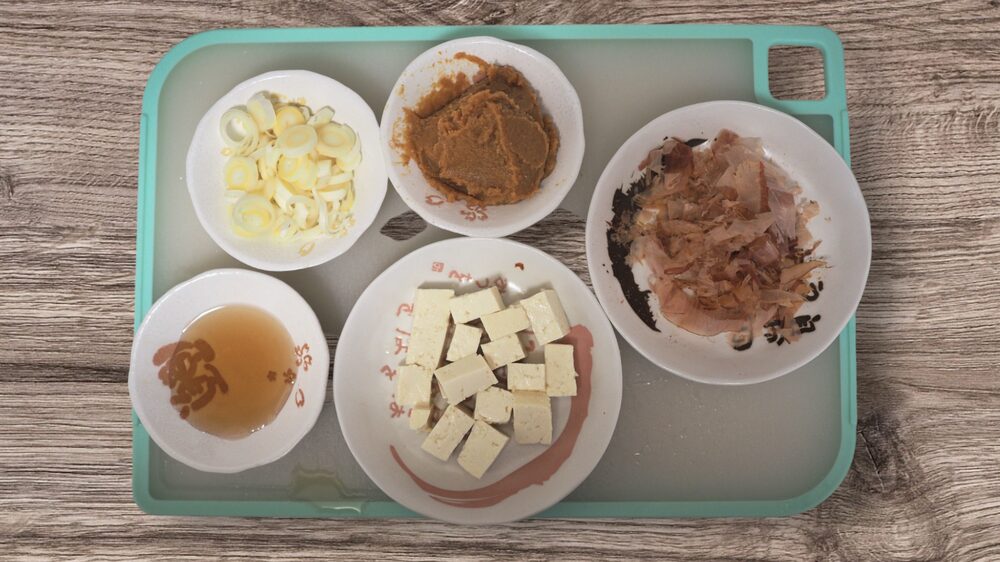
3. Minimal Recipe For You
Here’s a simple recipe for making classic Miso soup.
Ingredients for two servings:
・4 tablespoons Shiradashi
・1 small block of tofu, cubed
・3 tablespoons miso paste (adjust according to your preference)
・Sliced green onions(as you like)
・Katsuobushi(as you like)
Instructions
(1) Prepare the Dashi
Pour 250ml of water and 4 tablespoons Shiradashi into a pot over medium heat until boiling.
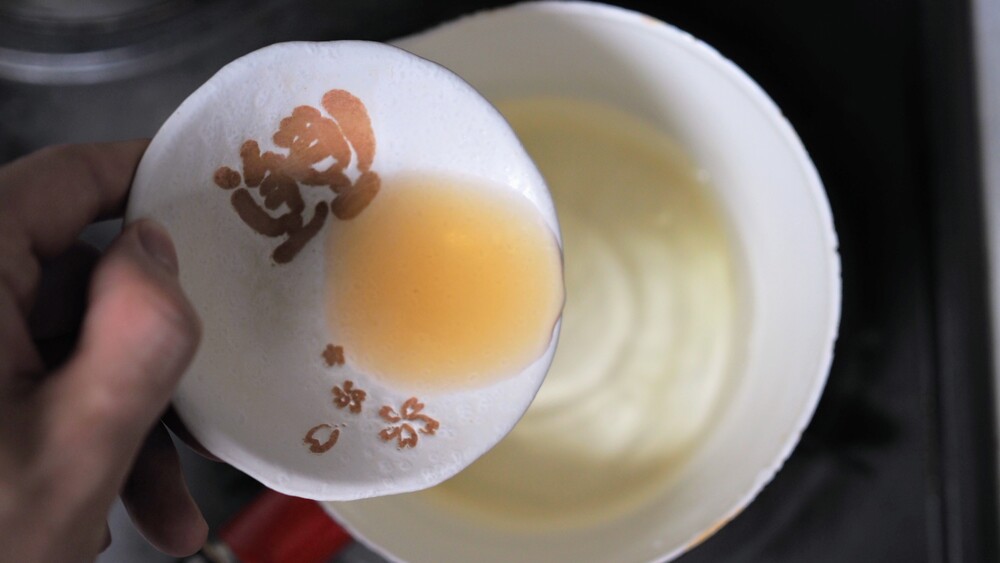
(2) Add Tofu:
After that, add cubed tofu until they are tender. If you would like to cook green onions over heat, add them in this time.
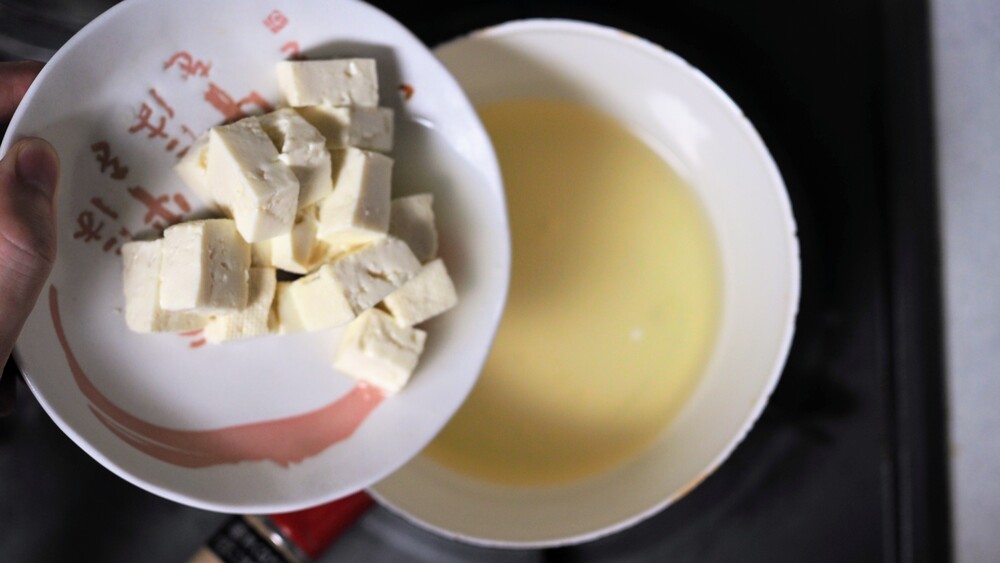
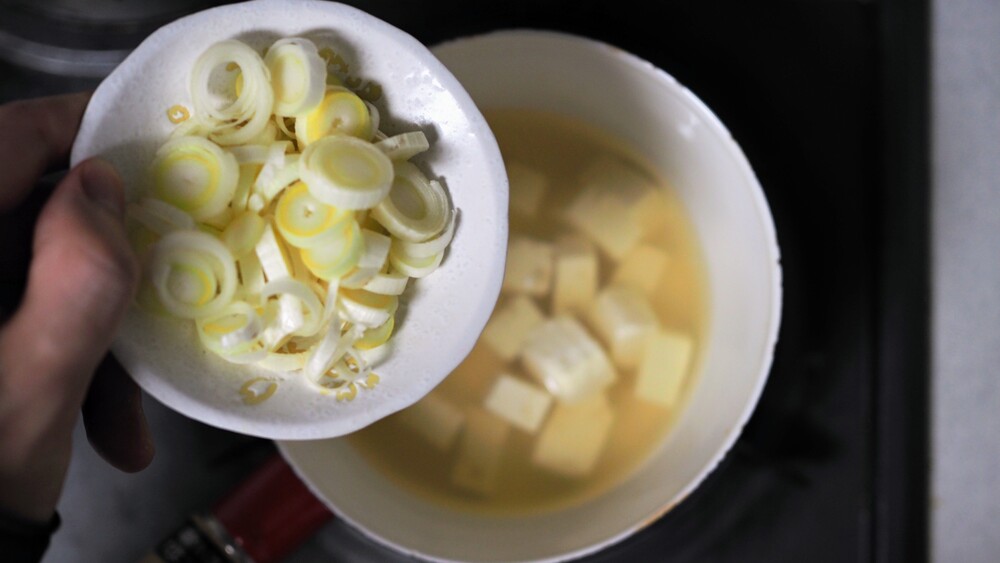
(3) Mix Miso Paste:
In a small bowl, mix the miso paste with a ladleful of hot dashi to dissolve it and create a smooth mixture. This prevents clumps of miso from forming in the soup. Also, when you mix the ingredients, you should turn off the heat. It is crucial not to escape its rich taste and flavour.
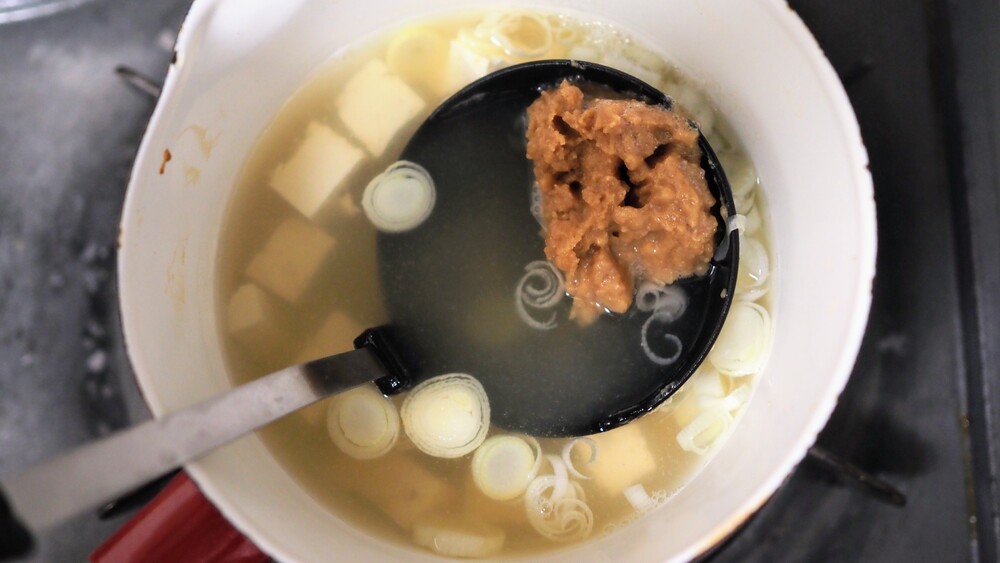
(4) Incorporate Miso Paste:
Turn off the heat and add the dissolved miso paste to the pot. Stir gently to incorporate the miso into the soup. Be careful not to boil the soup once the miso has been added, as boiling can destroy the delicate flavors of the miso.
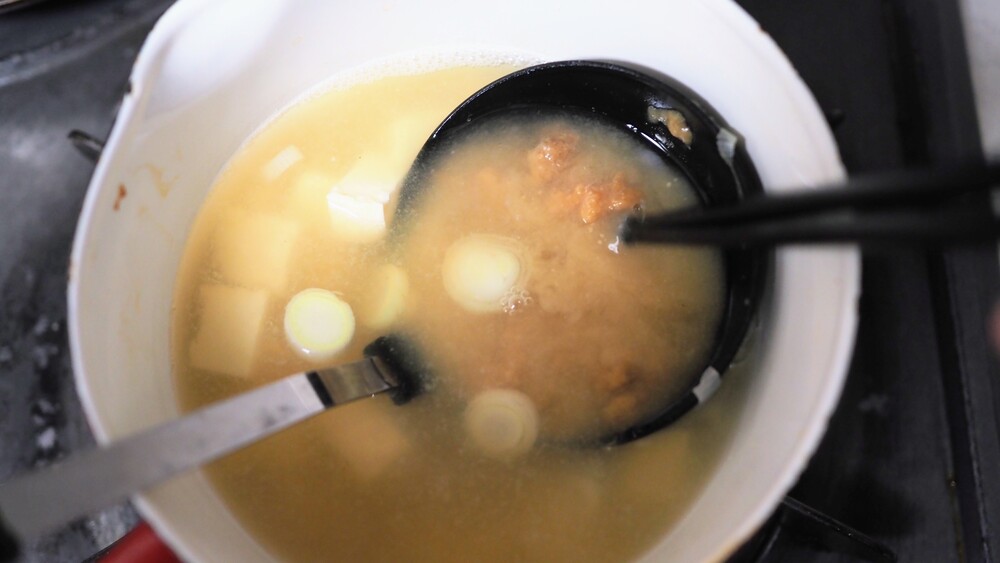
(5) Adjust Seasoning:
Taste the soup and adjust the seasoning if necessary. You can add more miso paste for a stronger flavor or dilute the soup with more dashi if it’s too salty.
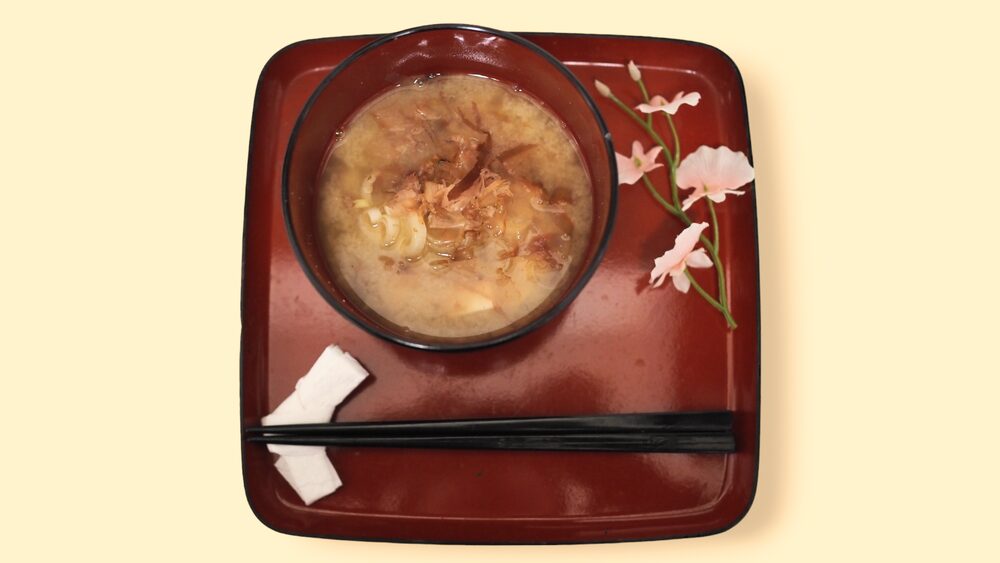
Feel free to customize this recipe by adding your favorite ingredients or adjusting the proportions to suit your taste preferences. Miso soup is highly adaptable, so don’t hesitate to experiment and find your own style. Here are some of the variations.
(1) Aubergine and Spinach
Highly recommend this popular combo.
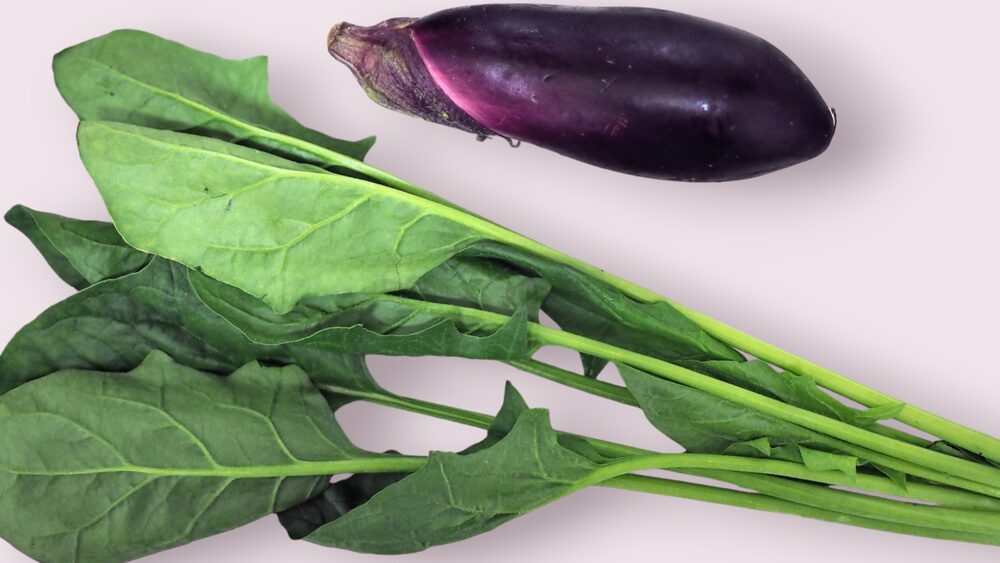
(2) With mushrooms
Japan has a variety of mushrooms, you can choose your favourite one.
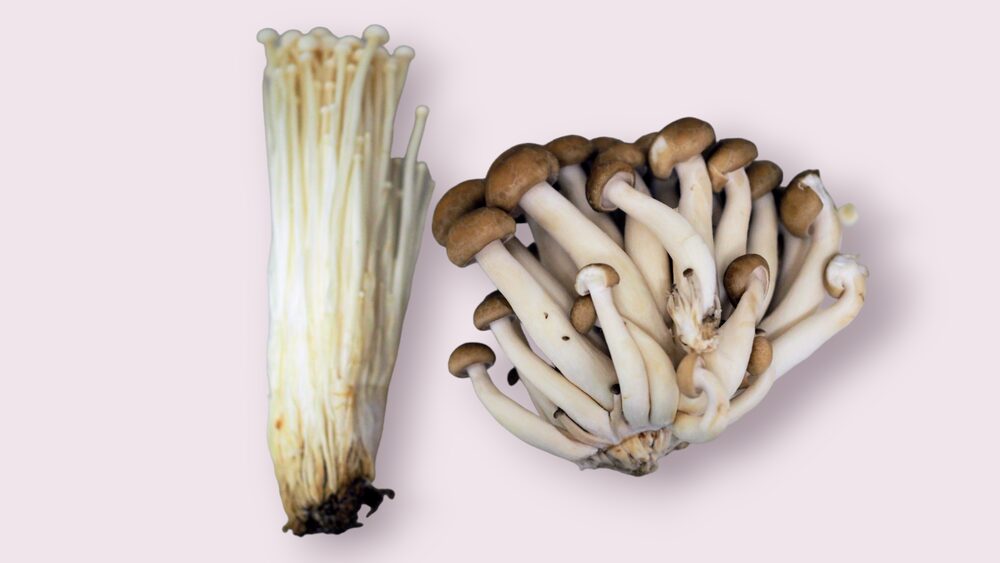
(3) With tomato puree
A bit surprising to you, but really go with it.
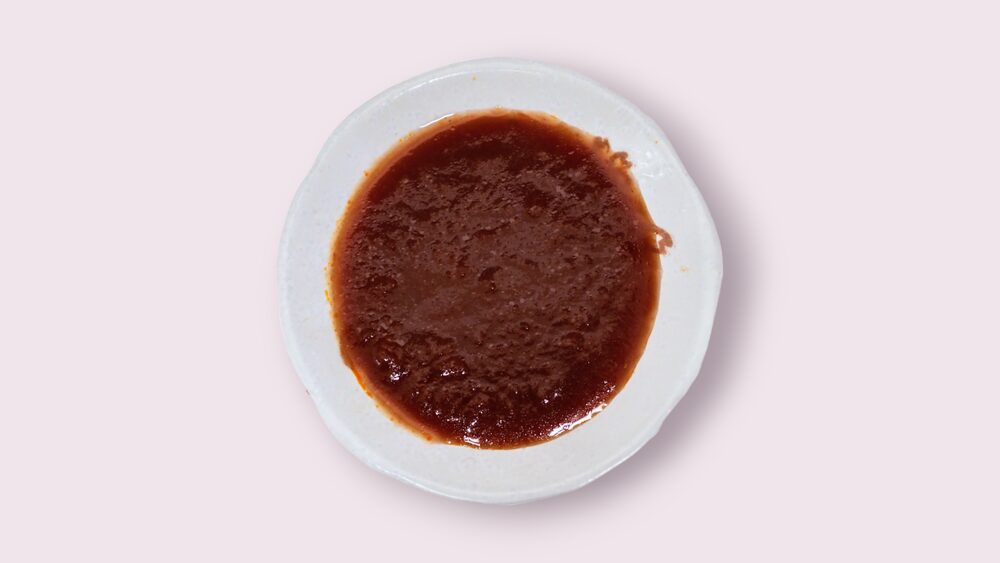
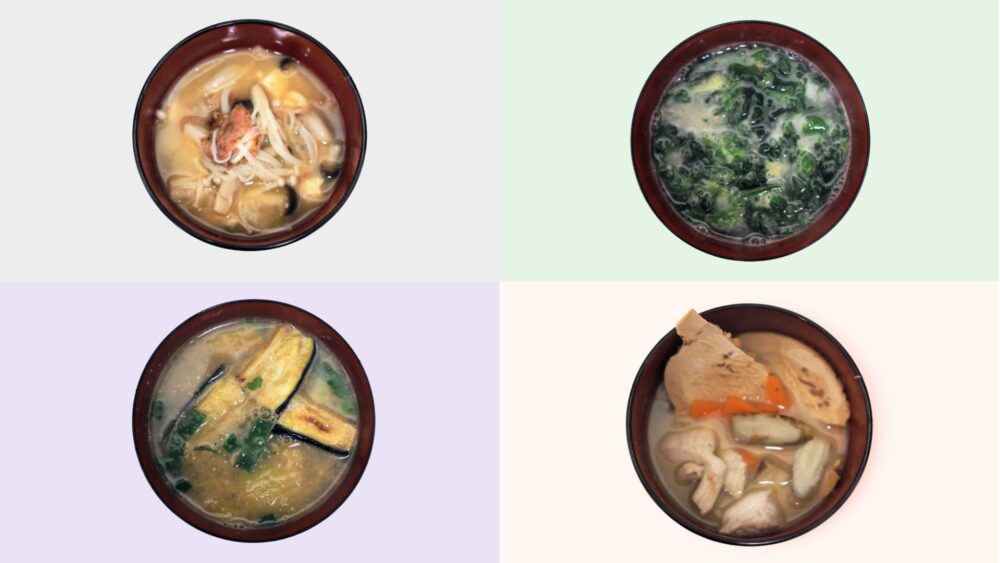
4. Colour Your Meal As You Like
There are various types of miso available. There are red miso and white ones, Basically, the eastern regions use the white miso and the western parts use the red ones. Actually, the taste and flavor can vary depending on the region and production methods. Feel free to choose according to your preference and the dish you’re preparing.
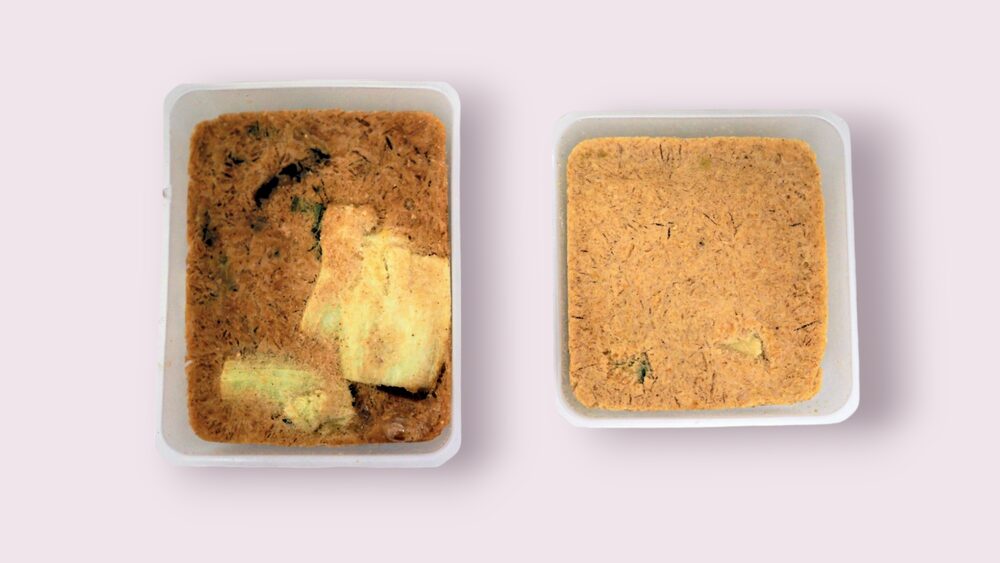
When you are reluctant to make the dish, you don’t have to worry about that. You can get freeze-drying tablets in supermarkets. All you have to do is pouring hot water on them. That’s quite easy, innit? No matter how you make them, Miso soup will colour your mealtime.






